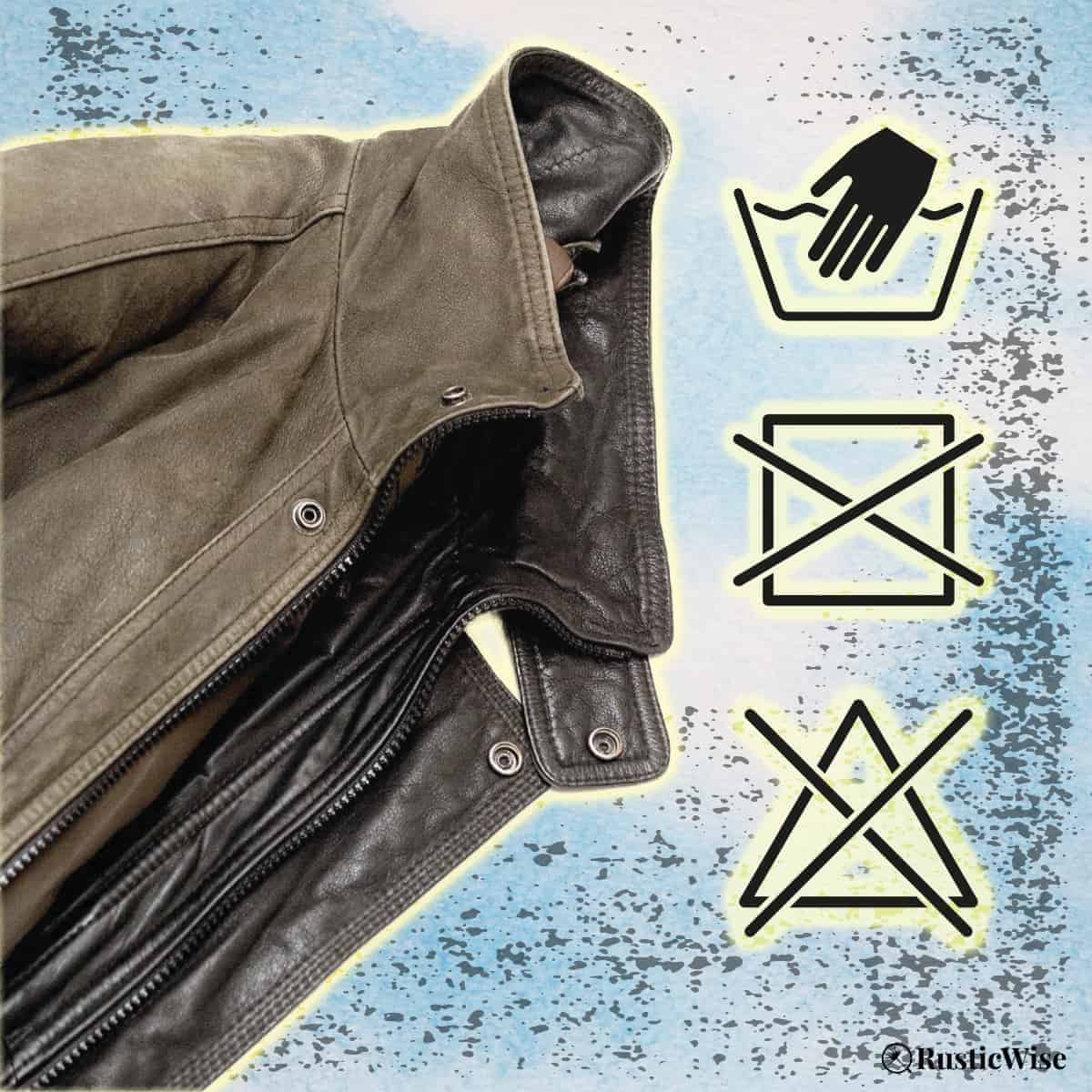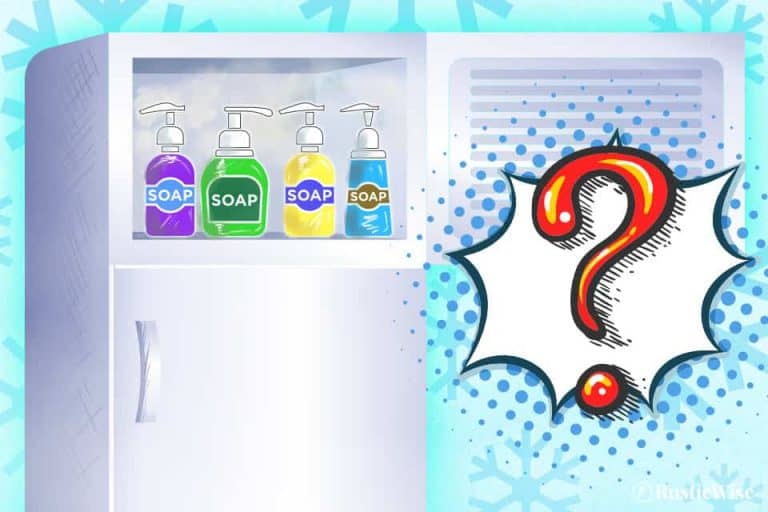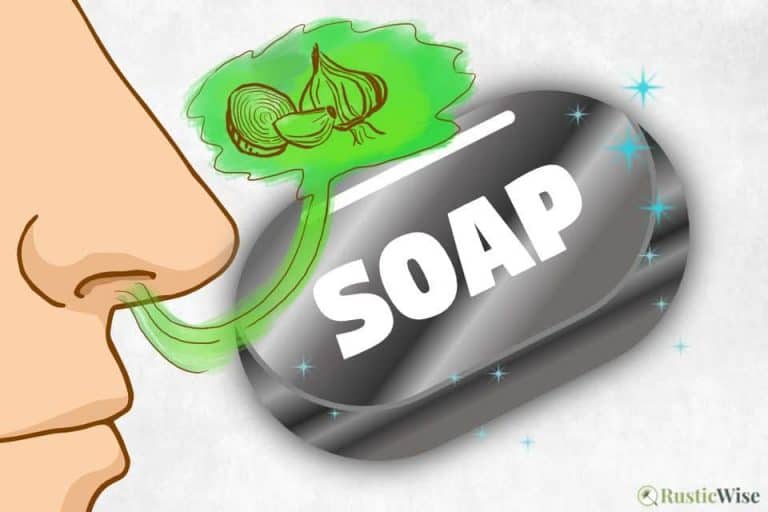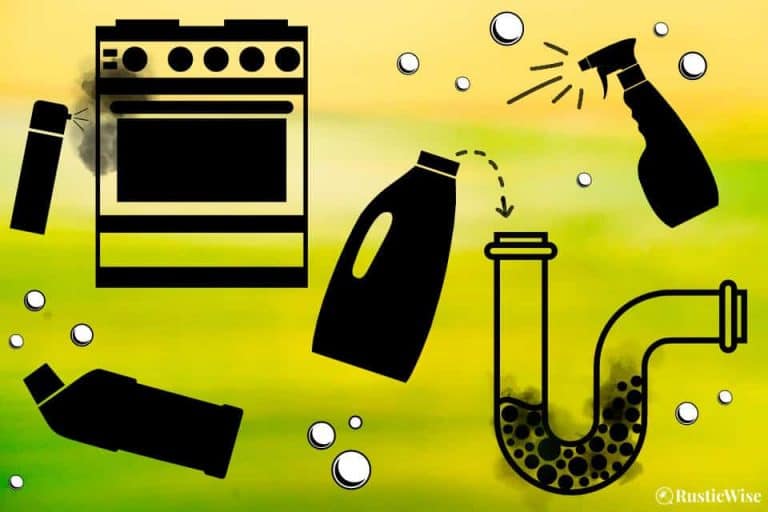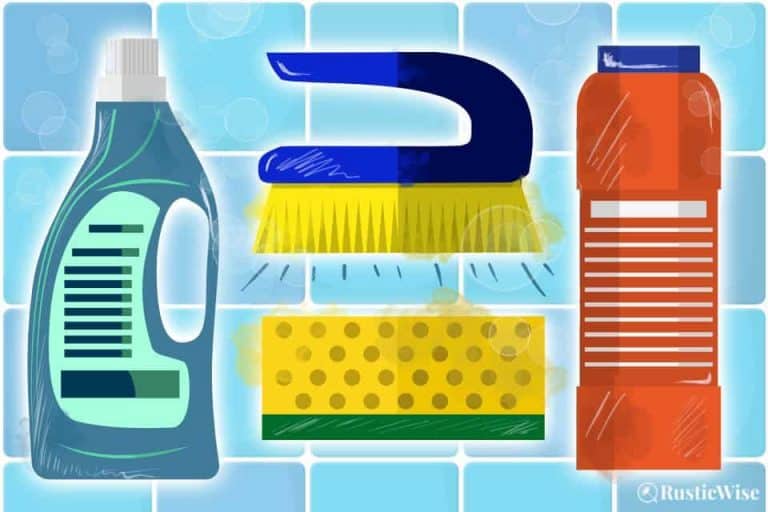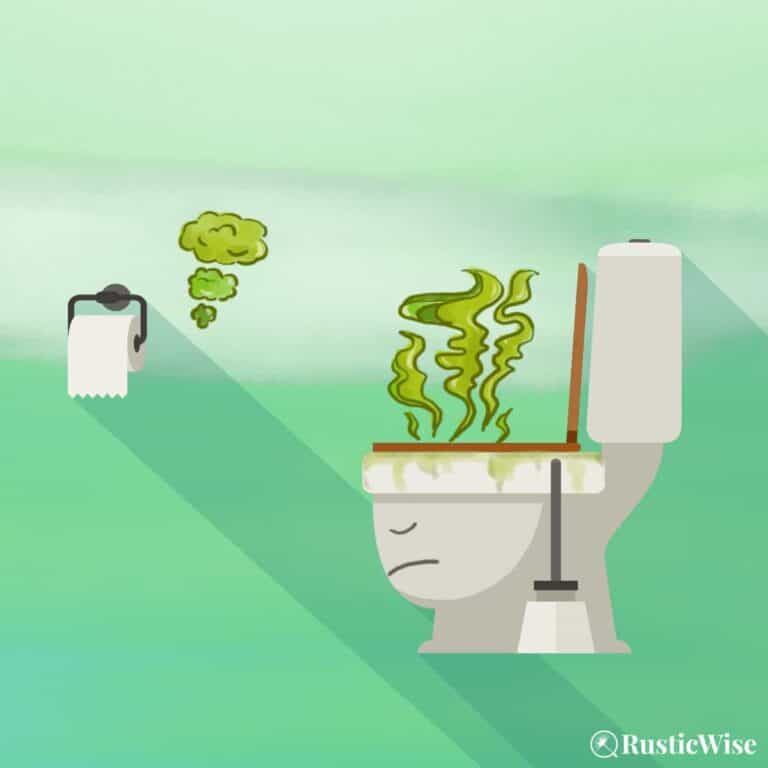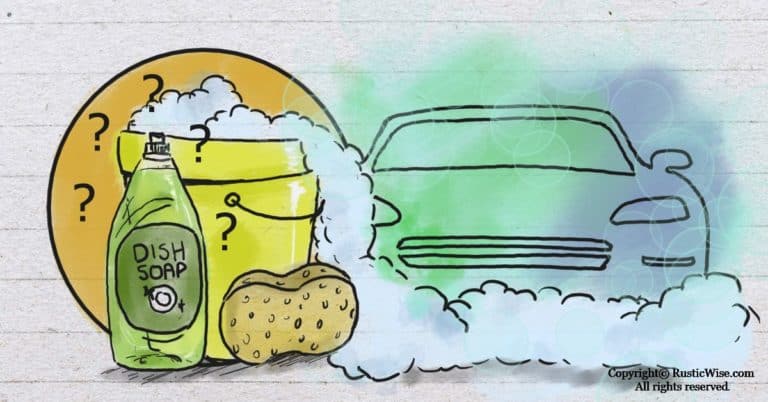How to Wash Leather Without Ruining It
Leather has been used in the production of goods for thousands of years. It’s a very durable fabric and while it can stand up to some wear, it’s not indestructible.
Whether you have a leather jacket, shoes, purse, or couch, here’s how to wash leather without ruining it. When cleaning, it’s best to hand wash all items using a damp cloth, and a bit of mild soap if needed. Avoid getting the leather too wet, and let it air dry. Avoid using any harsh cleaners that contain ammonia or bleach which could damage the material.
Let’s go over leather cleaning basics, including how to remove grease stains from suede shoes, removing a mildew odor from jackets, plus how to keep leather looking good for years.
If you have leather goods and need to care for them, here’s what you need to know.
What’s the difference between leather and suede?
While both leather and suede come from animal skin, it’s easy to differentiate the two by the texture. Suede is velvety to the touch, while most types of leather have a smooth or grainy texture.
Suede is made from the underside of leather. Manufacturers buff it to a uniform character and it’s used as an outer fabric on garments.¹
Leather is the outside of the skin, and it’s used as the outer layer on garments.
When it comes to cleaning, leather is much easier to clean than suede.
Cleaning tip: Suede is softer, but generally less durable than leather. It doesn’t stand up well to water or moisture, and stains easily. To care for suede use a protective spray to repel dirt and debris. Use a soft brush to brush the garment regularly to remove soils.
Can you wash leather? Skip the washing machine
Simply put, yes, you can hand wash leather, but it’s best to avoid machine washing. Submerging a leather item in water can warp, or damage the material.
Leather is a versatile material. It’s used to create everything from jackets to shoes. But leather can be a sensitive material. If it isn’t treated well, it can lose its luster and flexibility, which can affect its overall quality and fit.
But you don’t have to let that happen! With the proper knowledge and tips, you can keep your leather items looking great for years to come.
What cleaning products are safe to use on leather?
First things first—avoid using any strong cleaning products to wash your real leather. Harsh chemicals can damage leather by causing it to dry, crack, or become discolored by stripping away natural oils.
Products with bleach and/or ammonia can cause permanent damage.
Tip: DON’T use laundry detergent on leather garments as they often contain bleach.
Here are some safe leather cleaners:
- Mild soap: You likely have some type of gentle soap at home such as dish soap (for handwashing dishes), Castile soap, or baby soap.
- Saddle soap: It’s not just for cleaning saddles! Saddle soap is a great leather care product as it cleans by removing dirt and debris, and conditions leather in one step. It’s a blend of soap, beeswax, and neatsfoot oil that helps preserve the fabric’s luster. It comes as a paste or balm in a tin and is applied using a soft cloth. Sometimes it comes as a spray.²
- Commercial leather cleaners: Specially formulated cleaners that are leather-safe.

How to wash leather jackets (inside and out)
While the “vintage” or “grunge” look goes hand-in-hand with a cool leather jacket, there comes a point when something just looks dirty. If it’s time to wash a leather jacket, here’s how to do it safely.
If you want to clean leather, all you need is a damp cloth and warm water. You can also add mild soap if needed.
Tip: Ensure you wring out excess water each time you dip the cleaning cloth into soapy water. Avoid getting the jacket overly wet.
Supplies you’ll need:
- 2 soft clean cloths (such as a microfiber cloth or dishcloth) for wiping and drying
- Warm water
- Mild soap (such as liquid dish detergent, baby soap, or Castile soap)
- Medium bowl
- A coat hanger
- Optional: leather conditioner
Note: If you’re cleaning with saddle soap, follow the instructions on the label.
- Add a small squirt of liquid mild soap to a bowl. Fill with warm water to make a soapy solution.
- Start cleaning from the inside out. Turn jacket inside out and lay on a flat surface.
- Dip a soft cloth into the soapy water. Wring out excess water.
- Spot clean any dirty areas inside with the cloth. Areas to focus on include places that come in contact with the skin such as the collar, underarm, and wrists.
- Hang the jacket to let it air dry.
- Turn the jacket right side out. Dip a soft cloth into the soapy water. Wring out excess water.
- Gently clean the jacket with the soap and water using a circular motion.
- Repeat using only a damp cloth without any soap.
- Use a dry cloth to gently blot dry the jacket.
- Optional: Apply a leather conditioner if needed.
- Hang the jacket on a sturdy hanger to let it fully dry before storing away.
How to remove grease spots on leather
The following home remedy helps remove stains on leather caused by grease or oil. It uses Fuller’s Earth, which is an off-white, calcium-based clay that’s great for absorbing oils.³
Note: Always test any stain remover on an inconspicuous area before applying on leather.
Supplies you’ll need:
- Fuller’s Earth powder
- Water
- Small bowl
- Spoon
- Soft cloth
- In a small bowl, make a paste using Fuller’s Earth and water. The paste consistency should be thick.
- Apply the Fuller’s Earth paste to the stain.
- Let it fully dry.
- Brush off the paste with your hand. Repeat as needed.
- Wipe the area clean with a damp cloth.
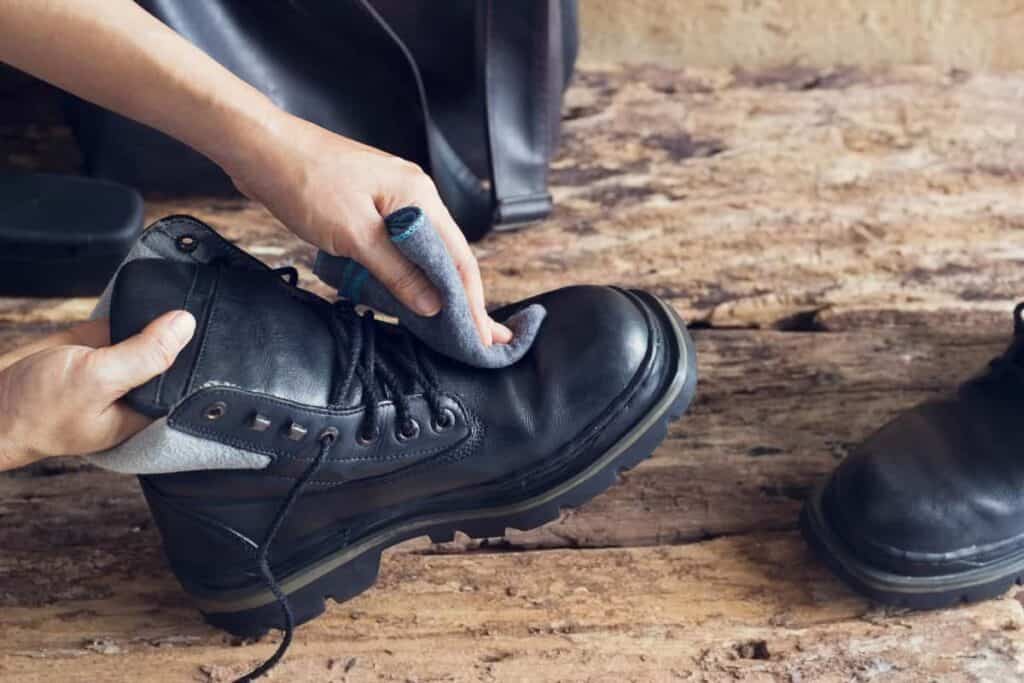
How to remove grease spots on suede
This method works if you act quickly. However, once stains sit, they can permanently stain suede. Club soda is the trick here as the carbonated liquid helps to lift soils from fabrics.³
Note: Always test any stain remover on an inconspicuous area before applying on suede.
Supplies you’ll need:
- Club soda (yes, this is the same stuff you can drink!)
- Soft cloth
- Nylon brush
- Apply a small amount of club soda to a cleaning cloth.
- Dab (don’t scrub) the stain with the cloth.
- Let the area air dry.
- Restore the nap of the suede with a brush.
How to remove mildew smell from leather items
Whether you have high humidity, moisture issues, or if your favorite leather jacket has just been sitting in the closet for too long, mildew can be a problem.
Luckily, there are a few ways to remove this unpleasant odor.
- Fresh air: Sometimes, all it takes is exposure to the great outdoors. Chances are, your leather garment has been cooped up inside in a humid area for too long. Take your jacket (or purse, or shoes) outside on a warm day with no chance of rain. Hang it on a laundry line or hanger for an hour or so. Avoid letting it sit in direct sunlight for too long as it can damage the coloring.
- Baking soda: This multi-purpose powder is a great natural deodorizer. If fresh air doesn’t solve the problem, lay the jacket onto a flat surface. Turn the jacket inside out. Lightly sprinkle baking soda along the inside. Let it sit for at least 30 minutes to absorb odors. Use a damp cloth to clean off excess baking soda. Let the interior of the jacket fully dry before repeating the same process on the outside.
- Mild soap: If the mildew smell still lingers even after fresh air exposure, or a baking soda sprinkle, try washing the item to remove bacteria. Using a gentle soap, or saddle soap, wash the item using the steps outlined in the section above on washing leather jackets.
Tips on caring for leather to keep it looking good
Now that you know how to clean leather, here are some tips on how to care for your leather items when you aren’t using them.
- Proper storage: When you aren’t using them, store your leather items in a cool, dry, and ventilated place. Exposing leather to extreme temperatures or humidity can cause it to absorb moisture (and cause mildew or mold), or dry up. This can damage the leather and cause it to crack and look worn.
- Let it dry: If leather items get wet with usage, let them fully dry before storing away. Often this involves just air drying away from a heat source.
- Ditch the plastic: Many people store leather jackets in a plastic garment protector—don’t do this! Plastic doesn’t allow the garment to breathe. Instead, use a breathable cotton bag, such as a pillow case, to protect leather. This also prevents color transfer from other nearby items.
- Wear a scarf: To protect the collar area of leather coats, consider wearing a scarf or collared shirt to prevent sweat or body oils from staining the fabric.
- Keep it clean: Dab up any stains or spills immediately to prevent staining.
- Use a conditioner: Leather couches, coats, purses, and shoes could all use some TLC. Protect your leather items by using a cream specifically made for leather conditioning, as this will help keep the leather supple and soft and restore oils. Use a conditioner only after first cleaning the item.
- Use a dry bar of soap: To prevent unpleasant odors from building, try this hack. Store a bar of soap in a breathable fabric pouch along with leather items.
- Professional dry cleaners: For severe stains, take your leather goods to a professional leather cleaner.
👉 If you like this post, see other Timeless Cleaning Tips You Need To Know. 🌟
Would you like more timeless tips via email?
Fun tips to help you live an independent, self-sustaining lifestyle. Opt-out at any time.


References
- Iowa State University, Leather care tips!, https://blogs.extension.iastate.edu/answerline/2015/03/23/leather-care-tips/. Accessed February 2023.
- Liberty Leather Goods, Saddle Soap – When and Why to Use for Leather Cleaning, https://www.libertyleathergoods.com/saddle-soap/. Accessed February 2023.
- Solid Waste Agency of Northern Cook County, Alternative Cleaning Methods, https://www.cumberlandcountypa.gov/DocumentCenter/View/7109/SWANCC_Alternative_Cleaning_Methods. Accessed February 2023.

Author: Theresa Tesolin
Theresa is co-founder of RusticWise. She helps people unleash their inner DIY spirit by encouraging them to get dirty and make or grow something from scratch.

